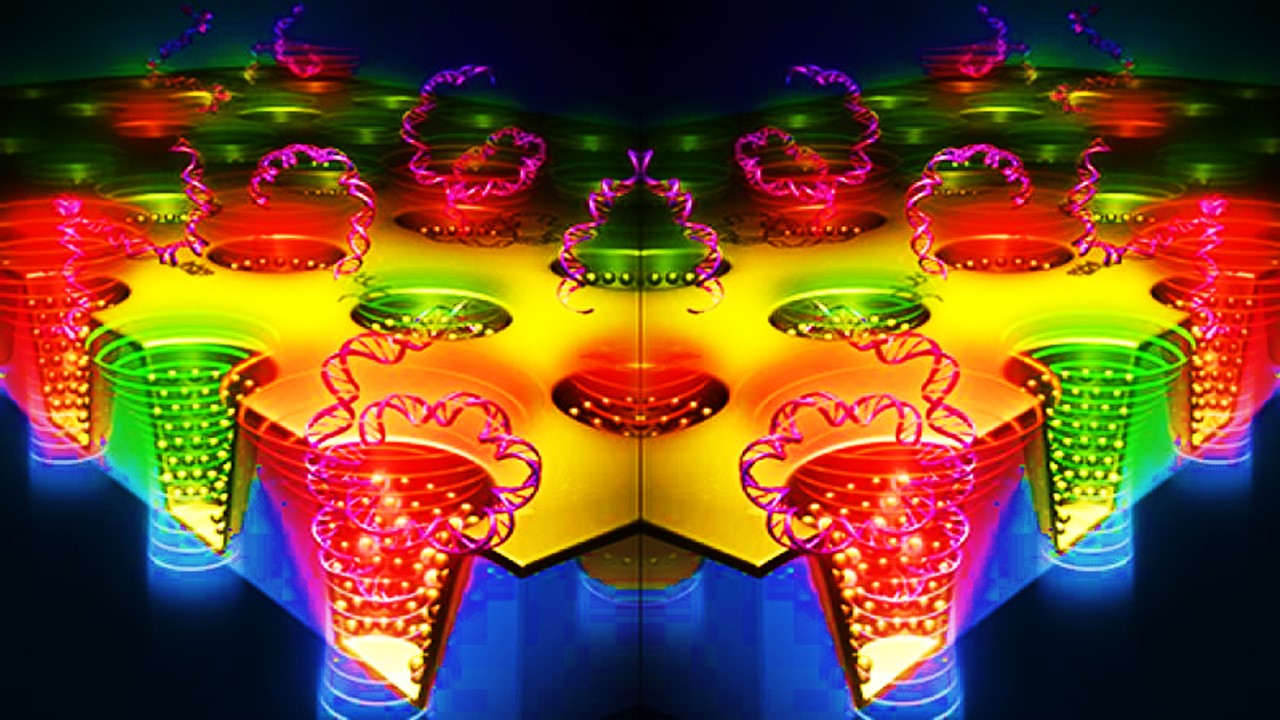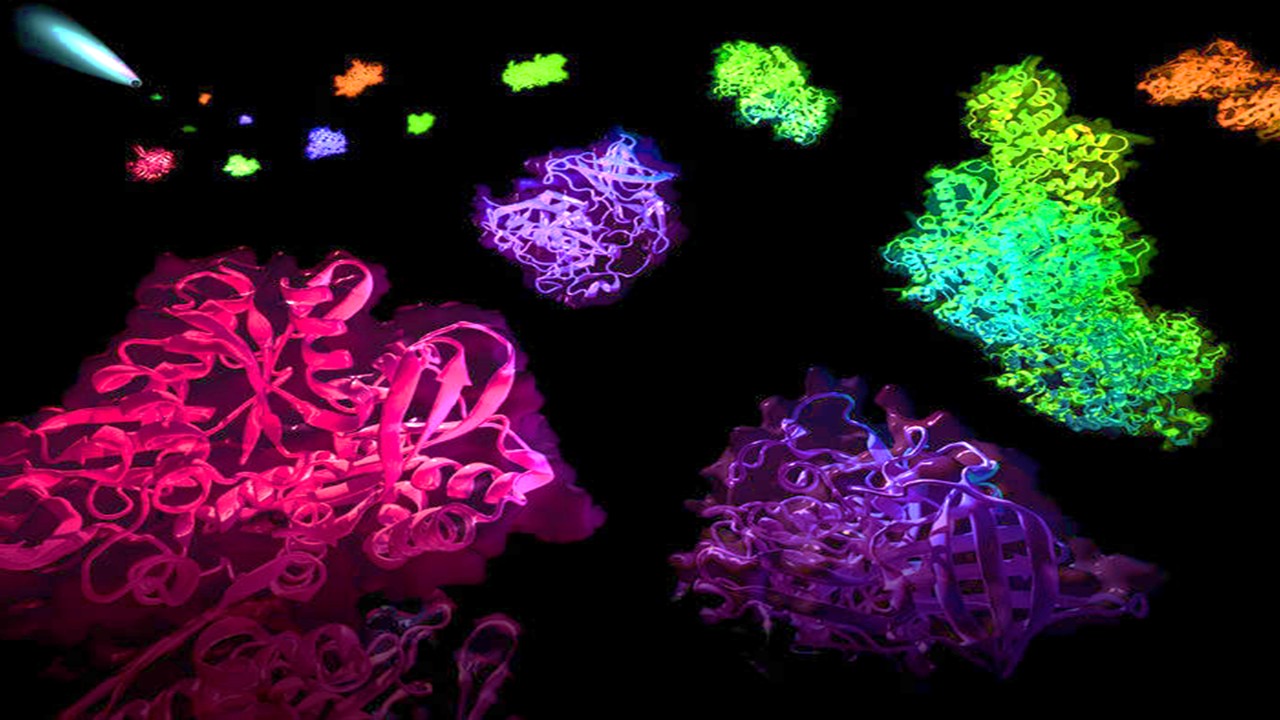In the quest to identify therapeutic targets, the label-free approach has emerged as a favored technique among researchers. This method allows small molecules to interact with their targets in their natural, unmodified state, preserving their original conformation and functional properties. By avoiding chemical modifications, label-free techniques maintain the integrity of the molecules, offering a more authentic interaction between drug candidates and their potential targets.
However, this method is not without its challenges. The very absence of labels that preserves the molecule’s native state can also lead to unintended interactions with non-target proteins, resulting in false positives. These off-target bindings can complicate the identification process, leading to misinterpretation of results. Moreover, label-free approaches struggle with proteins that are expressed at low levels, as the subtle interactions between these proteins and small molecules can be easily overlooked. Despite these limitations, the appeal of label-free identification remains strong, driven by the desire to study molecules in their most natural form.
Stabilizing the Target: Insights from Drug Affinity Responsive Target Stability (DARTS)
DARTS is a technique grounded in a simple yet powerful concept: when a small molecule binds to its target protein, the protein becomes more resistant to degradation by proteases. This increased stability can be detected, offering a direct method to identify drug targets. The process begins with the incubation of a small molecule with a cell lysate, followed by treatment with a protease. If the molecule binds to its target, the protease is unable to degrade the protein, resulting in a detectable increase in protein levels.
DARTS has proven to be a robust tool in drug discovery, allowing researchers to pinpoint the exact protein targets of small molecules. This method has been instrumental in identifying key targets, such as nucleolin, the protein that salinomycin—a potent anticancer agent—binds to in cancer stem cells. The precision of DARTS in revealing the interactions between small molecules and their targets has made it a valuable asset in the field of drug discovery, enabling a deeper understanding of the mechanisms of action for many therapeutic agents.
Oxidation as a Window: The Role of Stability of Proteins from Rates of Oxidation (SPROX)
SPROX offers a unique perspective on protein stability, leveraging the fact that denatured proteins are more susceptible to oxidation than their native counterparts. By measuring the rates of oxidation of methionine residues on the surface of proteins, SPROX can detect changes induced by small molecule binding. This method involves incubating a small molecule with a cell lysate, followed by chemical denaturation and oxidation. The rates of oxidation are then quantified, typically using mass spectrometry.
One of SPROX’s notable applications is in identifying the target of tamoxifen, a drug widely used in breast cancer treatment. SPROX revealed that tamoxifen stabilizes Y-box binding protein 1 (YBX1) in MCF-7 cells, providing crucial insights into the drug’s mechanism of action. However, SPROX is limited to proteins that contain methionine, restricting its applicability to a subset of potential targets. Additionally, like DARTS, SPROX is typically used with cell lysates rather than live cells, which can limit its relevance to in vivo conditions.
Bringing the Heat: The Cellular Thermal Shift Assay (CETSA)
CETSA stands out among target identification methods for its ability to be applied in live cells. Based on the principle that ligand binding can stabilize proteins and increase their thermal stability, CETSA measures the thermal shifts in protein melting curves to identify potential drug targets. The process involves treating cells or cell lysates with a small molecule, followed by controlled heating. The thermal stability of proteins is then assessed using techniques such as western blotting.
This method has been successfully used to confirm that 2′-hydroxy cinnamaldehyde directly binds to STAT3, a protein involved in various cancers. The ability of CETSA to be used in live cells offers a significant advantage over techniques like DARTS and SPROX, which are limited to cell lysates. However, CETSA’s reliance on western blotting introduces a dependency on available antibodies, which can limit its utility. Despite this, CETSA has paved the way for high-throughput thermal shift approaches, expanding its application in drug discovery.
The Genetic Frontier: Unraveling Targets Through Mutagenesis
Mutagenesis represents a frontier in genetic approaches to drug target identification. By altering specific sequences of DNA or amino acids, researchers can observe the effects of these mutations on drug response, revealing critical insights into the interactions between drugs and their targets. CRISPR-Cas9 mutagenesis, in particular, has gained popularity for its precision in generating pools of genes that can be screened to identify both cellular targets and molecular interaction sites.
A recent breakthrough using CRISPR-tiling mutagenesis identified nicotinamide phosphoribosyltransferase (NAMPT) as the primary target of KPT-9274, an anticancer agent under clinical investigation. This method, which involves designing large single-guide RNA libraries to target specific genes, has proven effective in uncovering not only primary drug targets but also the pathways involved in a drug’s mode of action. However, mutagenesis is not without its challenges. The process can be time-consuming, labor-intensive, and prone to off-target effects, which can complicate the interpretation of results.
Screening the Genome: The Power of Genetic Screening in Drug Target Identification
Genetic screening offers a high-throughput, unbiased method for identifying drug targets by systematically knocking out genes and observing the resultant effects on drug response. This approach has been particularly effective in identifying targets associated with specific cellular pathways. For instance, siRNA library screening has uncovered both known and novel genes modulated by TRAIL, a molecule that induces apoptosis in cancer cells.
More recently, a CRISPR-based target identification platform has been developed, utilizing an inducible suicide gene expression system to enrich cells with knocked-out targets. This platform has been used to confirm the involvement of STING and CES1 as primary targets of a small molecule IFN-I activator in cells. By leveraging these genetic screening techniques, researchers can explore the intricate relationships between drugs and their targets, paving the way for the development of more effective therapies.
Conclusion: The Evolving Landscape of Drug Target Identification
As the field of drug discovery continues to evolve, so too do the methods used to identify therapeutic targets. From label-free techniques that preserve the natural state of small molecules to sophisticated genetic screening methods, researchers now have a diverse toolkit at their disposal. Each method comes with its own set of advantages and limitations, and the choice of technique often depends on the specific research question at hand. However, the ultimate goal remains the same: to identify and validate drug targets with precision, paving the way for the development of safe and effective therapies. As these techniques continue to be refined and new methods emerge, the future of drug target identification looks promising, with the potential to revolutionize the way we approach disease treatment and prevention.
Engr. Dex Marco Tiu Guibelondo, B.Sc. Pharm, R.Ph., B.Sc. CpE
Editor-in-Chief, PharmaFEATURES

Subscribe
to get our
LATEST NEWS
Related Posts

Molecular Biology & Biotechnology
Myosin’s Molecular Toggle: How Dimerization of the Globular Tail Domain Controls the Motor Function of Myo5a
Myo5a exists in either an inhibited, triangulated rest or an extended, motile activation, each conformation dictated by the interplay between the GTD and its surroundings.

Drug Discovery Biology
Unlocking GPCR Mysteries: How Surface Plasmon Resonance Fragment Screening Revolutionizes Drug Discovery for Membrane Proteins
Surface plasmon resonance has emerged as a cornerstone of fragment-based drug discovery, particularly for GPCRs.
Read More Articles
Designing Better Sugar Stoppers: Engineering Selective α-Glucosidase Inhibitors via Fragment-Based Dynamic Chemistry
One of the most pressing challenges in anti-diabetic therapy is reducing the unpleasant and often debilitating gastrointestinal side effects that accompany α-amylase inhibition.













